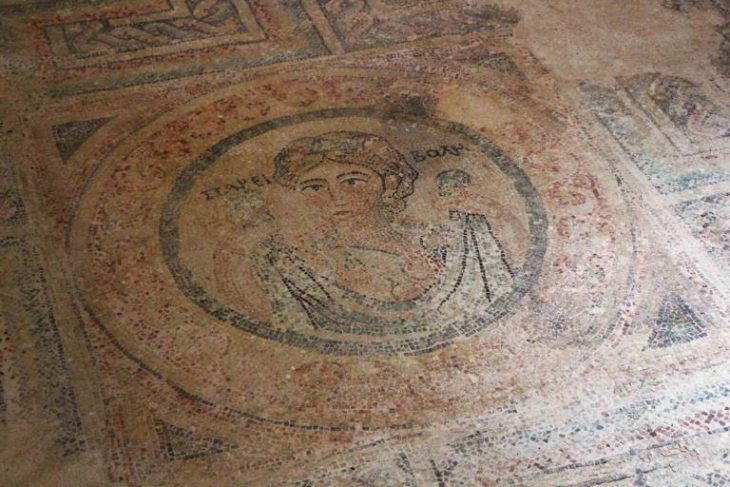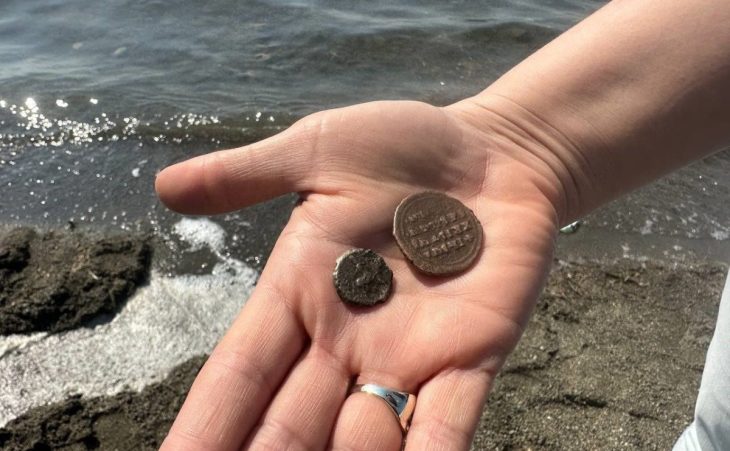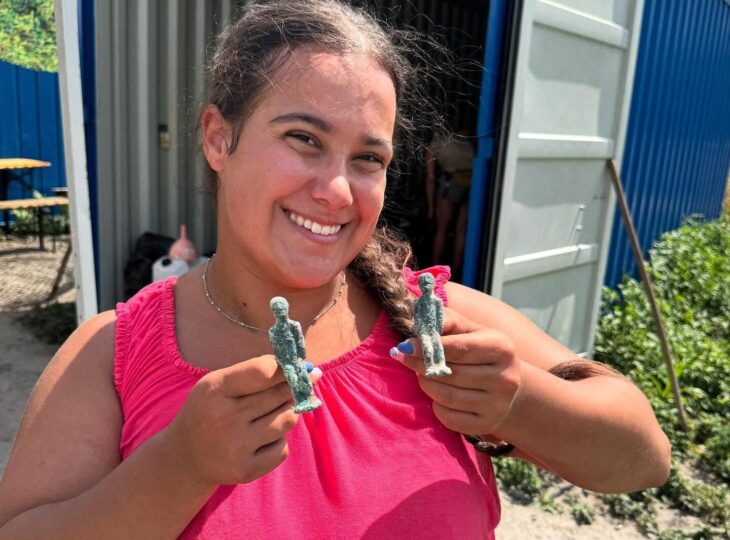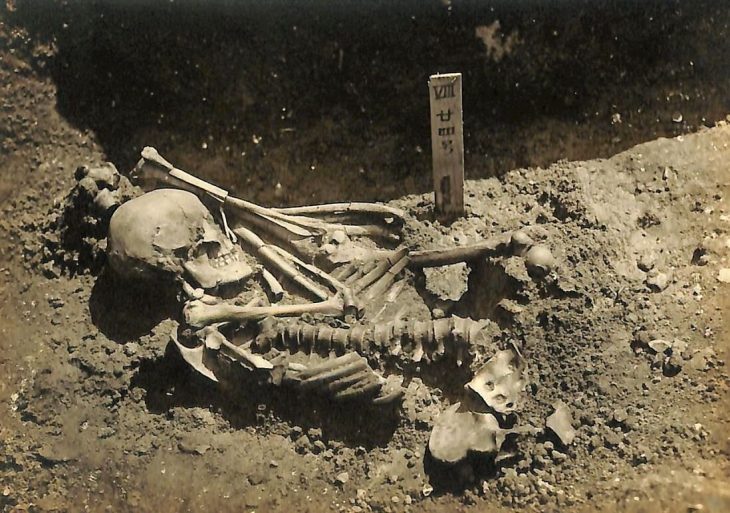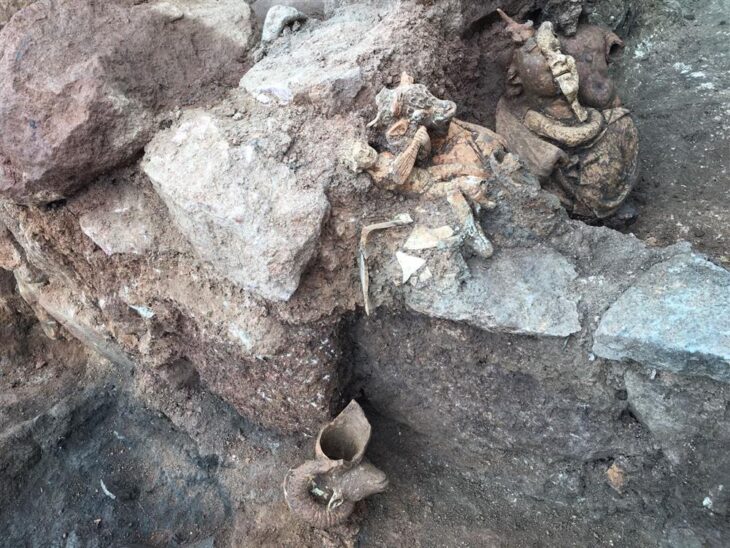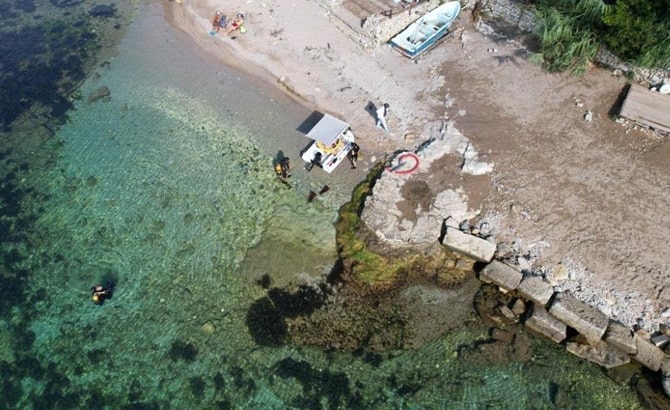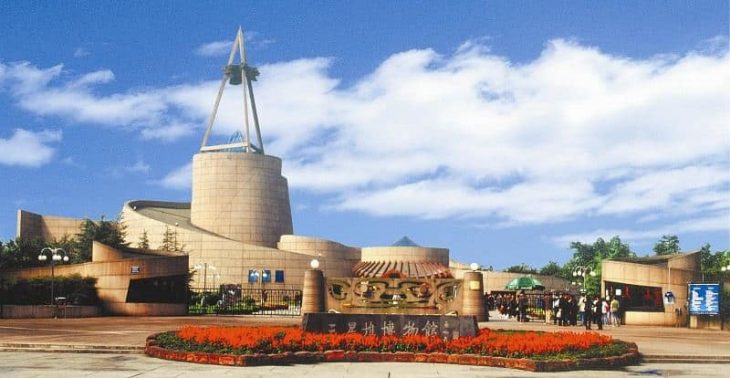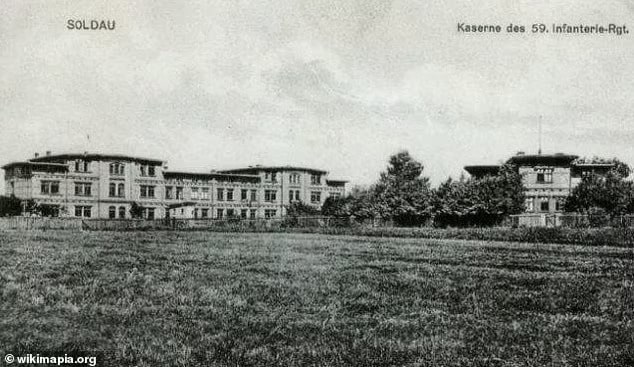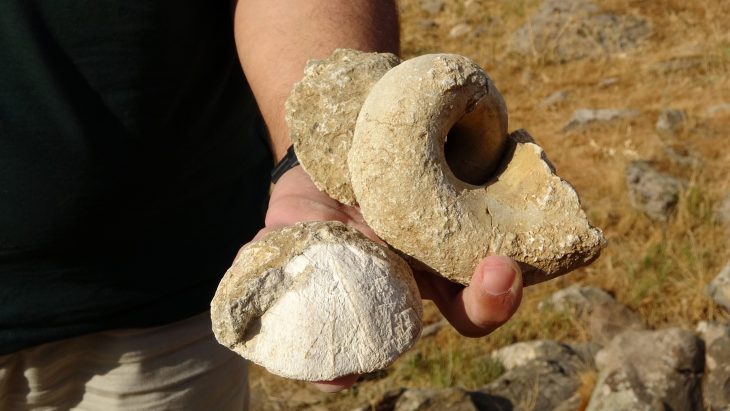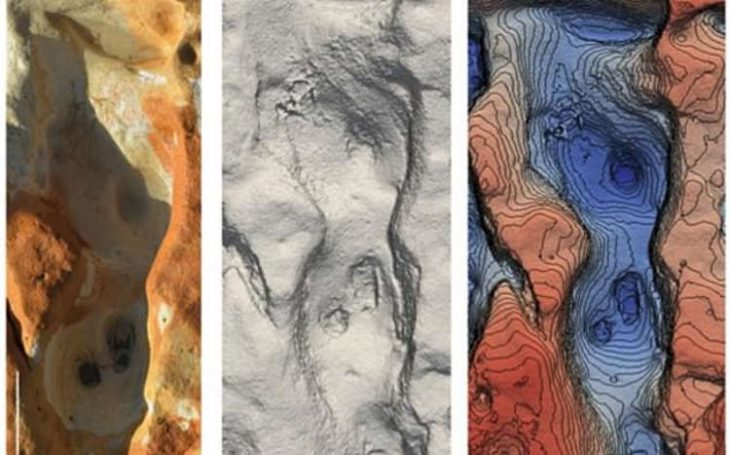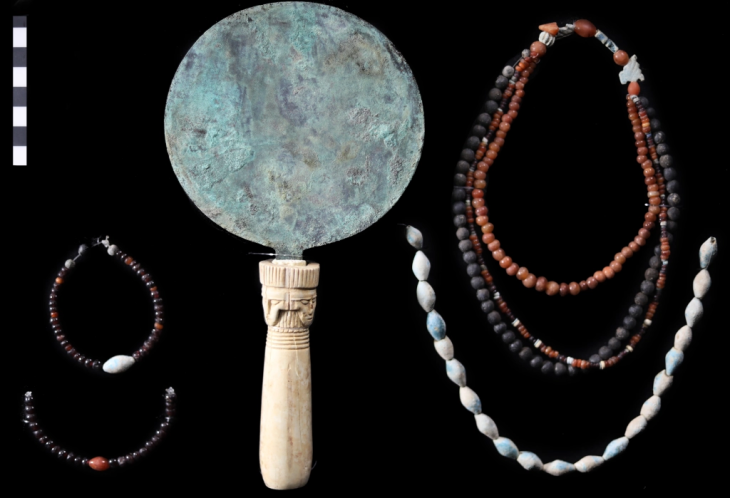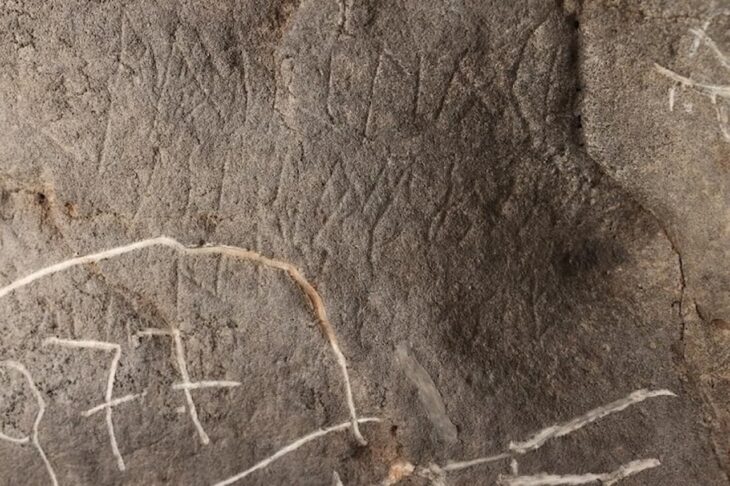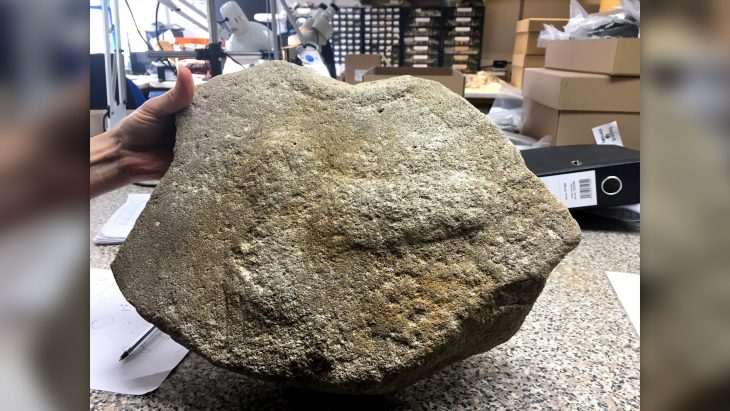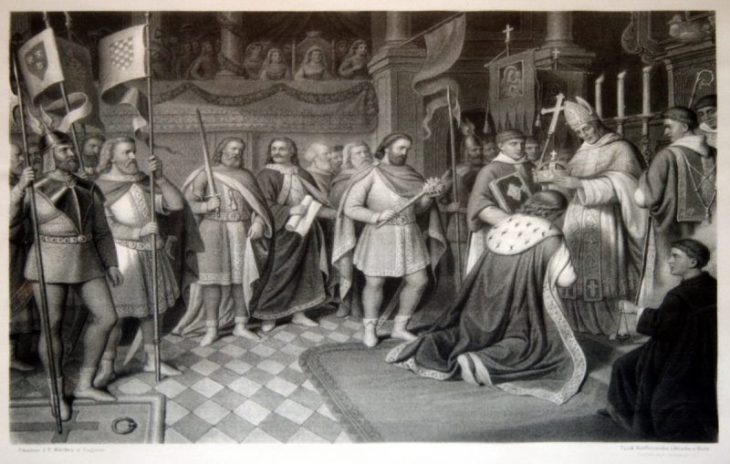A new study published in the Oxford Journal of Archaeology has shed light on an often-overlooked aspect of ancient Greek and Roman art: the use of perfumes and aromatic substances in the adornment of sculptures.
Led by archaeologist Cecilie Brøns, this research challenges the long-held belief that these iconic statues were merely visual objects, revealing a rich tapestry of sensory experiences that ancient audiences engaged with.
For centuries, scholars have recognized that the pristine white marble statues we see in museums today were originally painted in vibrant colors and adorned with textiles and jewelry. However, Brøns’ study takes this understanding a step further by highlighting the significance of scent in the ancient world. Drawing from classical texts and inscriptions, the research illustrates how these sculptures were not only visual spectacles but also olfactory experiences that enveloped worshippers and spectators alike.
The study emphasizes the ritualistic role of perfume in the adornment of statues, particularly those representing deities. Historical accounts, such as those from the Roman orator Cicero, describe the practice of anointing statues with fragrant oils. In the ancient sanctuary of Delos, inscriptions detail the costs and ingredients of perfumes used to maintain the statues of gods like Artemis and Hera, including olive oils, beeswax, and rose-scented fragrances.
Moreover, the poet Callimachus provides insight into the practice, describing the statue of Queen Berenice II of Egypt as “moist with perfume,” indicating that this tradition extended beyond divine figures to include royalty and esteemed individuals. Festivals, such as the Floralia in Rome, further enriched the sensory experience, as fragrant garlands of roses and violets adorned these statues, creating an immersive atmosphere for worshippers.
📣 Our WhatsApp channel is now LIVE! Stay up-to-date with the latest news and updates, just click here to follow us on WhatsApp and never miss a thing!!

Brøns’ research also uncovers the techniques used by ancient sculptors to apply and preserve these scents. Methods like ganosis involved mixing waxes and oils to enhance the statues’ appearance while imparting a pleasant fragrance. Classical authors, including Vitruvius and Pliny the Elder, documented the use of specific materials to maintain the sculptures’ luster and color.
While the original fragrances have long since faded, scientific examinations have revealed traces of beeswax on the portrait of Queen Berenice II, suggesting it may have undergone an ancient perfume bath. Additionally, archaeological findings from Delos point to workshops that likely produced the fragrances used in religious rituals, confirming the connection between scent and sacred art.
This research invites a reevaluation of how ancient audiences interacted with art. By recognizing that sculptures were designed to be both seen and smelled, historians and archaeologists can gain a deeper understanding of the sensory dimensions of ancient culture. As Brøns aptly notes, “Admiring a statue in the ancient world was not just a visual experience, but also an olfactory one.”
In conclusion, the study of perfumes in ancient sculptures opens up new avenues for understanding the multisensory experiences of the past. It highlights the importance of scent in religious and cultural practices, suggesting that these statues were not merely representations of the divine but living embodiments that engaged all the senses. This revelation enriches our appreciation of classical art and its profound impact on the ancient world.
Brøns C. (2025) The Scent of Ancient Greco-roman Sculpture, Oxford Journal of Archaeology, Doi:doi.org/10.1111/ojoa.12321.
Cover Image Credit: Louvre Museum- Wikimedia Commons


